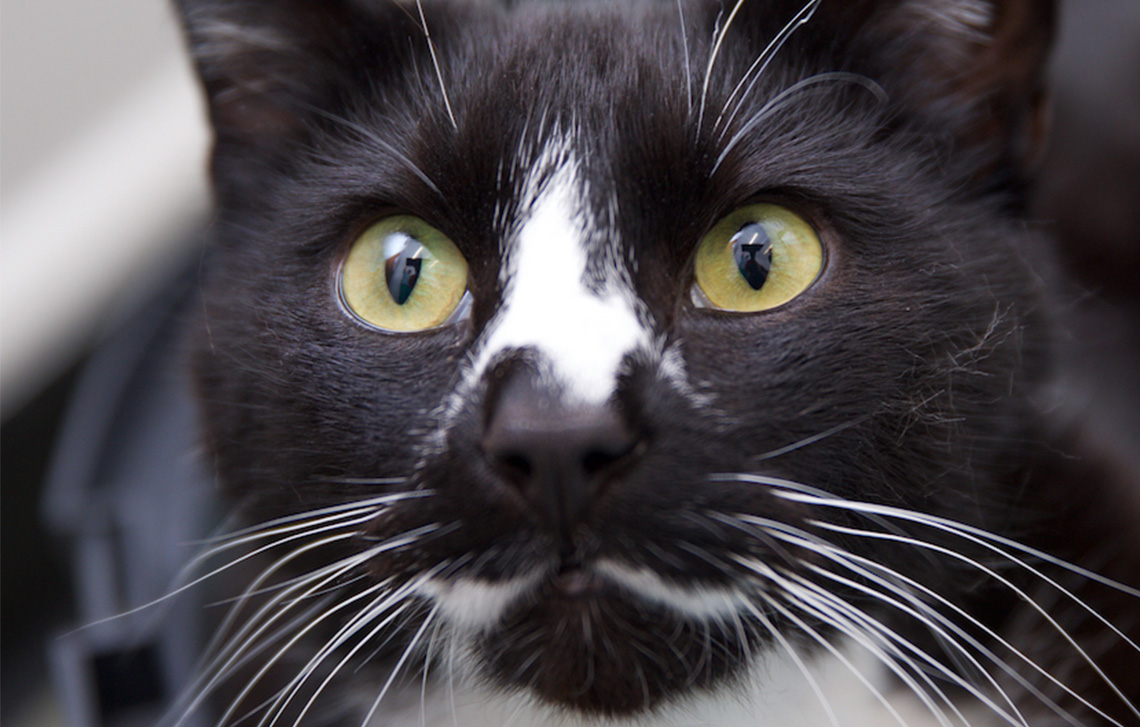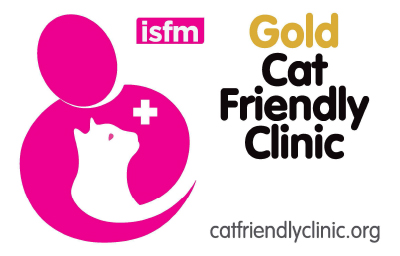
Cats are obligate carnivores therefore their diet must include meat in order for them to obtain their high level of protein requirements. In the wild cats will occasionally be seen eating some vegetable matter (e.g. grass), however this should only be a very small part of their diet to simply aid digestion. When choosing food… Read more »
Cats are obligate carnivores therefore their diet must include meat in order for them to obtain their high level of protein requirements. In the wild cats will occasionally be seen eating some vegetable matter (e.g. grass), however this should only be a very small part of their diet to simply aid digestion. When choosing food types and regimes the first aspect to think about is the age of the cat; a young cat/kitten will need more energy and the right nutrients to aid growth and development whereas an older/mature cat won’t need as much energy dense food. Senior cats will need age specific food in order for them to gain the requirements they need (e.g. low levels of phosphorous to reduce the risk of renal disease). The activity level of each cat will also need to be considered. The more active the cat is the more food it will need as it will be using up more energy. Less active cats will need to be fed less to prevent the cat from becoming overweight. Nowadays obesity is a big problem for domestic cats due to owners not understanding their daily requirements and unknowingly feeding them more than they need.

*It is a good idea to get into the habit of weighing out food at meal times on kitchen scales to ensure portion sizes stay consistent and don’t start creeping up*
Cats in the wild will frequently eat small amounts of food, after strenuous exercise (the hunt), and therefore this feeding behaviour should be mirrored by feeding little and often throughout the day. Wild cats will also eat alone to reduce competition for food and will generally eat their prey within 20 minutes of catching it. For this reason, domestic cats in multi-cat households should be fed separately to reduce stress and conflict.
It is important to feed cats a complete diet (rather than solely chicken or tuna for example) to ensure that they get all of their required nutrients. It is ideal to feed cats a mixture of wet and dry food, using a diet that fits the individual cat (e.g. young, adult, senior, obesity, etc). Dry food is much easier to leave out throughout the day or can be placed into puzzle feeders to keep cats active and engaged. Wet food is important in a cats day to day diet as it increases their fluid intake (wet food contains around 80% moisture), reducing the risk of dehydration and other health problems. As mentioned previously cats in the wild will eat their prey within about 20 minutes of hunting; as a rule this should be followed up with domestic cats when feeding wet food. Wet food should be offered at meal times and anything not eaten after 20 minutes should be taken back up as cats are less likely to eat the food as it won’t be fresh. Wet food should be fed at room or body temperature (not straight from the fridge) as they rely on the aroma to determine whether is it safe to eat. Heating the food up slightly or adding a small amount of warm water to it can encourage a cat to eat as it will increase the aroma of the food making it more appealing.

Feeding a mixture is best as it gives the cat variety and prevents them becoming fussy later on. It is important to check the contents of individual cat foods to ensure that they will be receiving all of their required nutrients and high quality protein. In terms of feeding bowls; cats prefer wide, shallow food bowls to prevent their whiskers from being touched whilst they’re eating. Plastic food bowls are also not ideal as they may taint the food. It is also important to keep food and water bowls in separate areas as cats in the wild will not drink in the same area as they eat due to contamination from their food. Food/water bowls should also be kept away from litter trays, noisy areas and entry/exit ways. Cats like to feel safe and secluded so it is important to ensure they are not being frightened in the area where their food and water is kept. Cats will usually prefer drinking from running water sources therefore drinking fountains are a great idea to encourage your cat to drink more.








